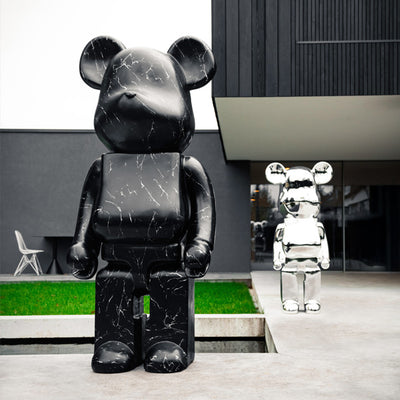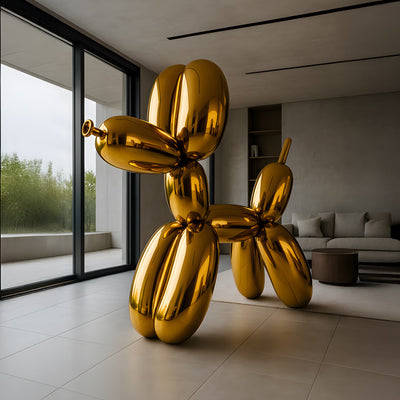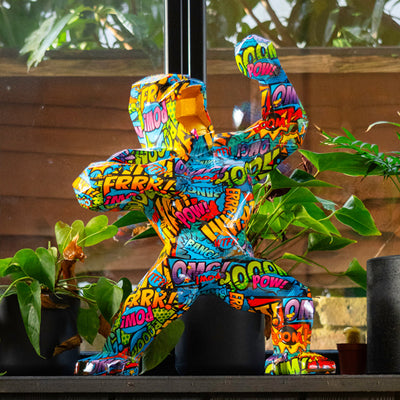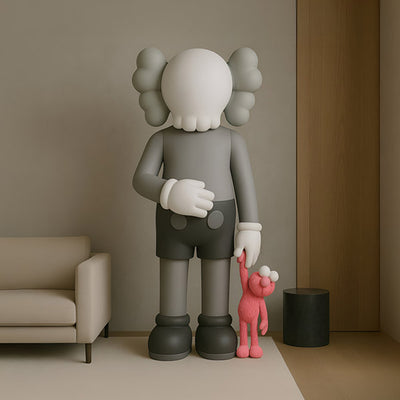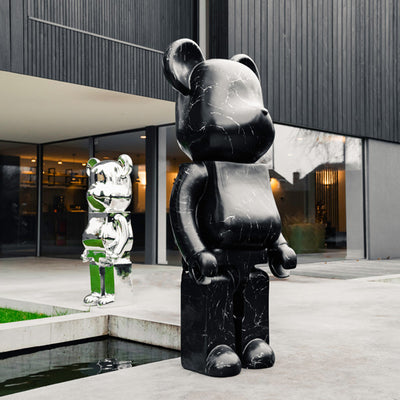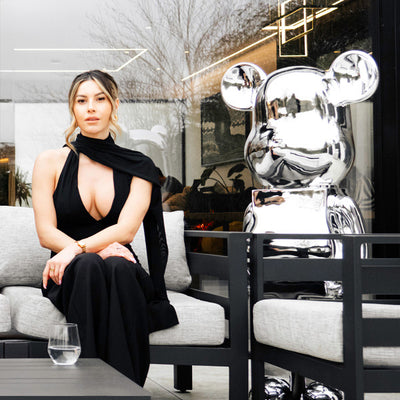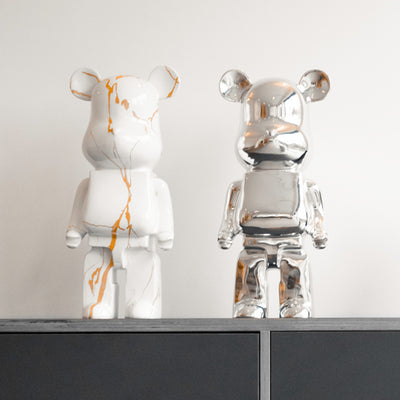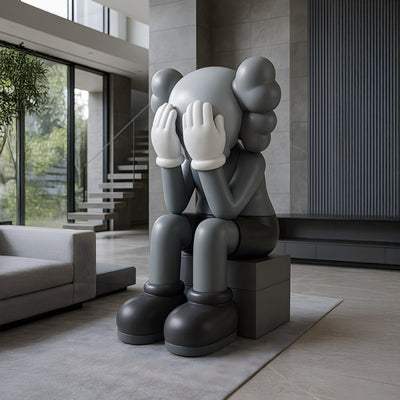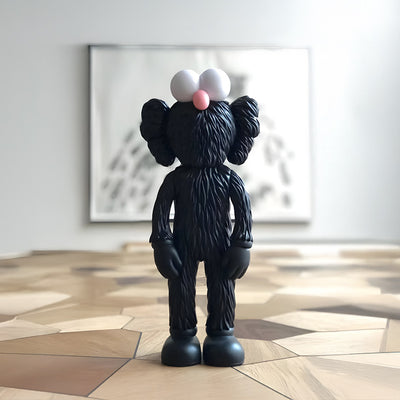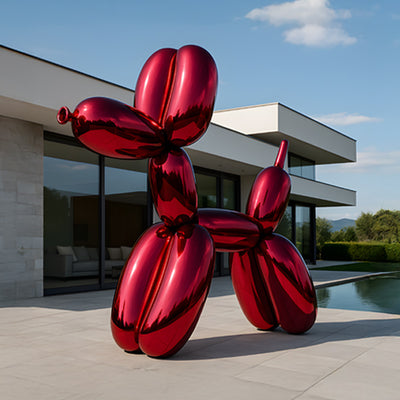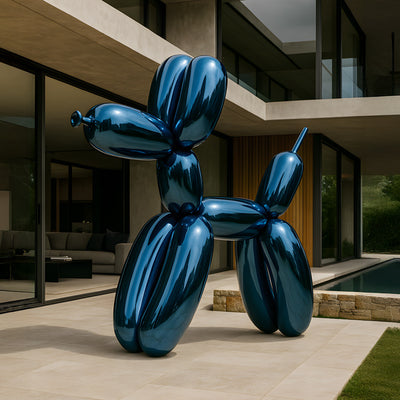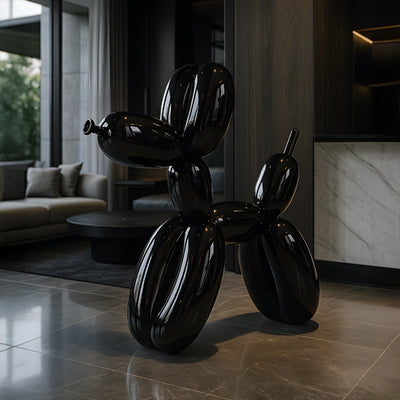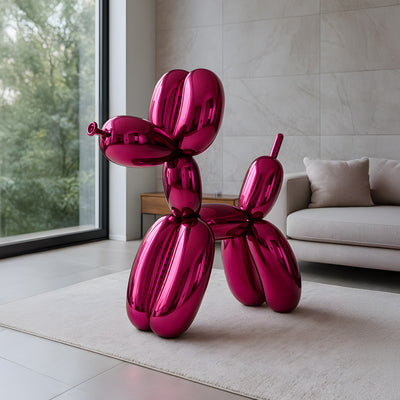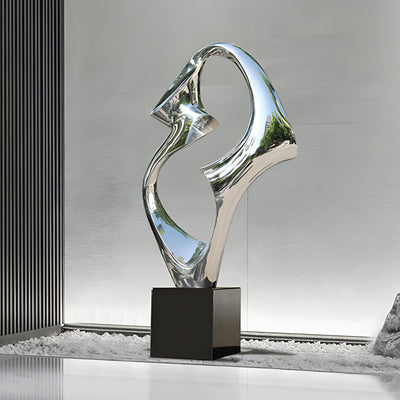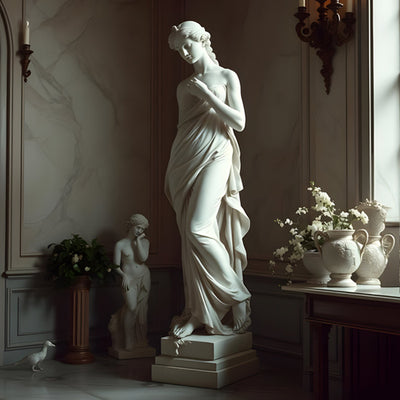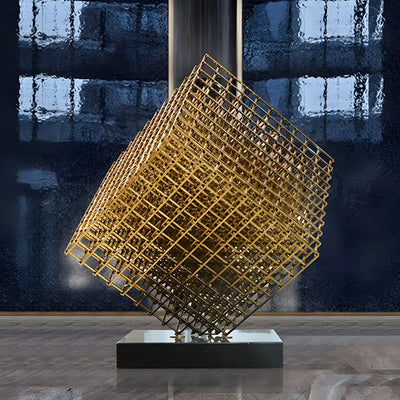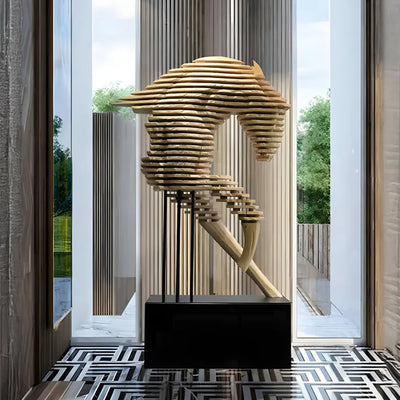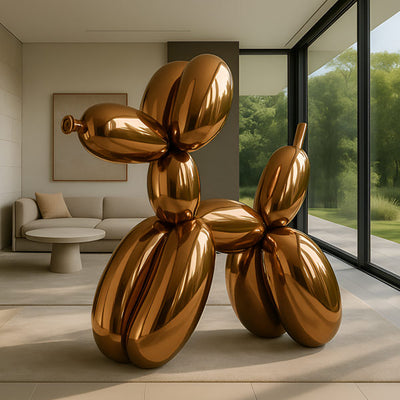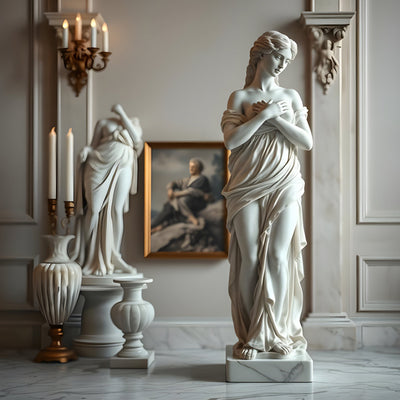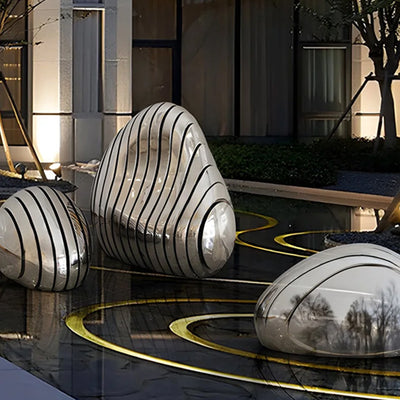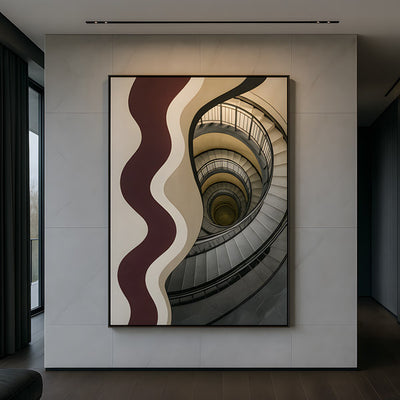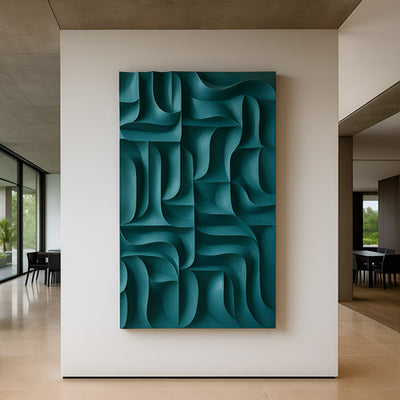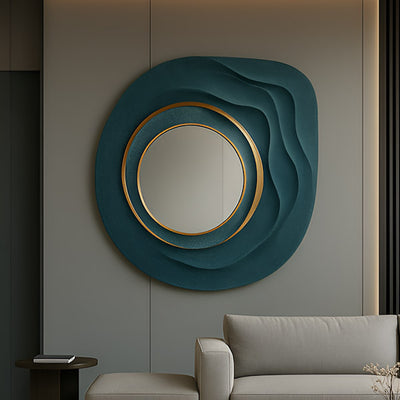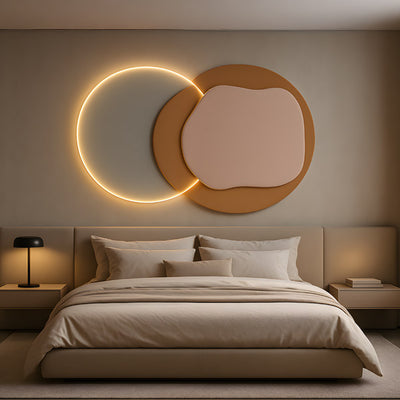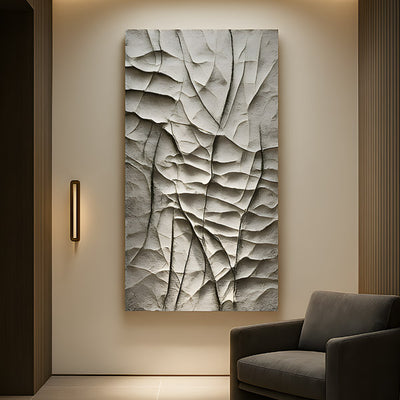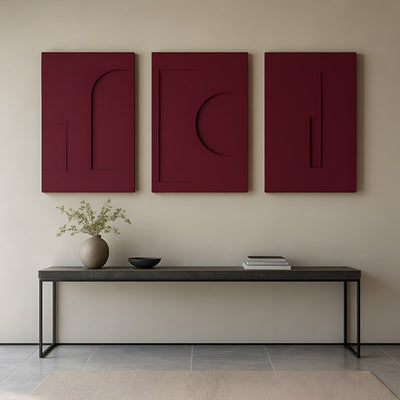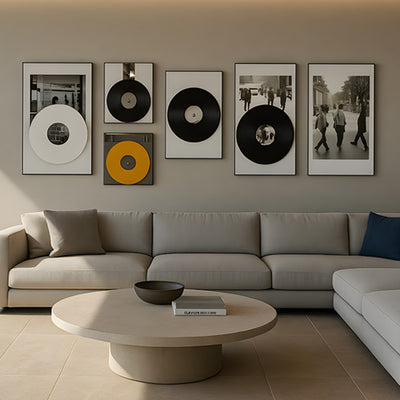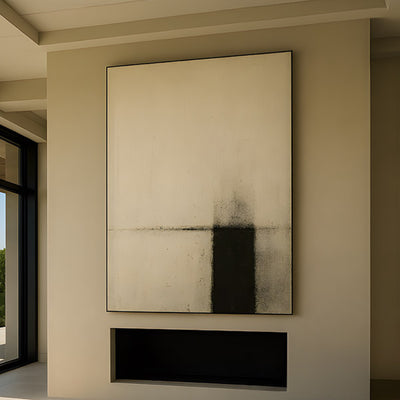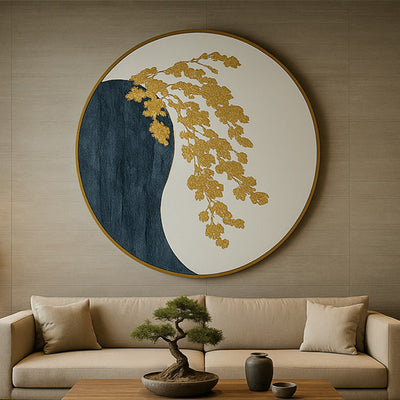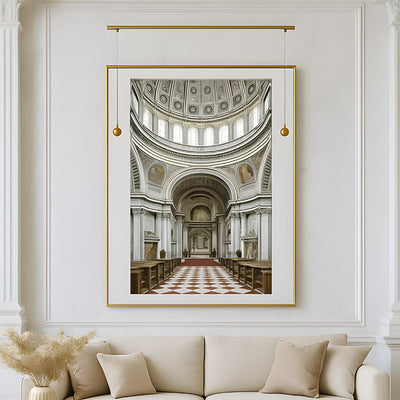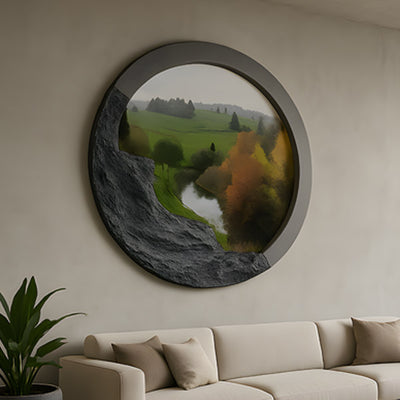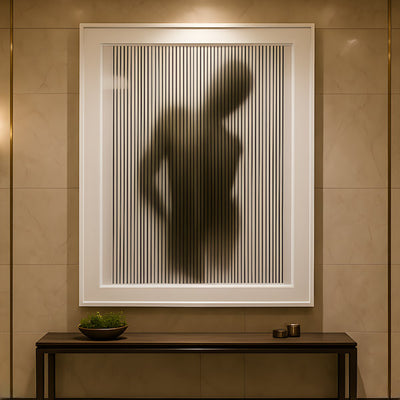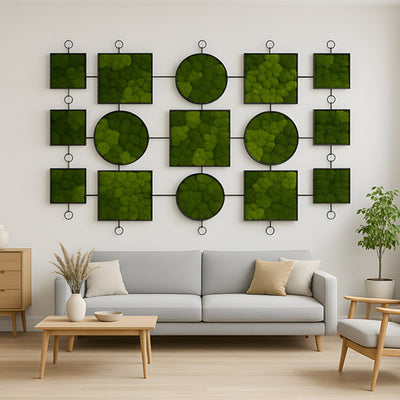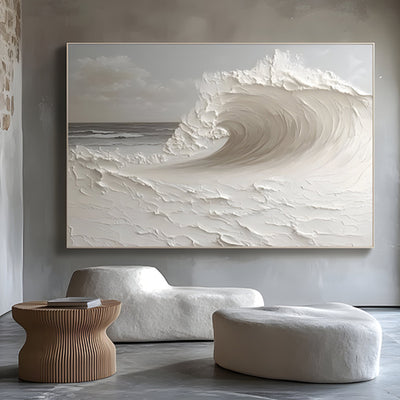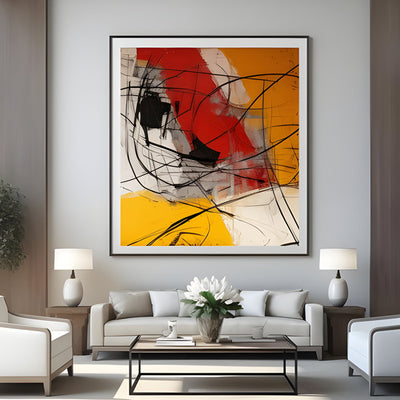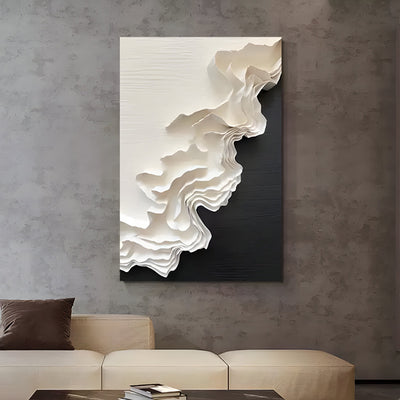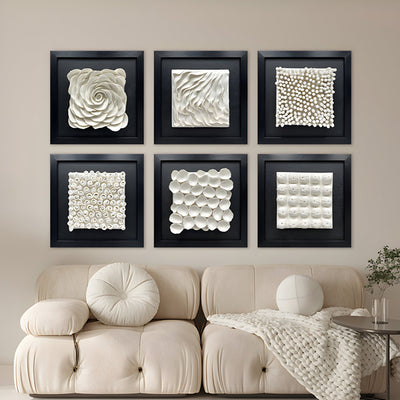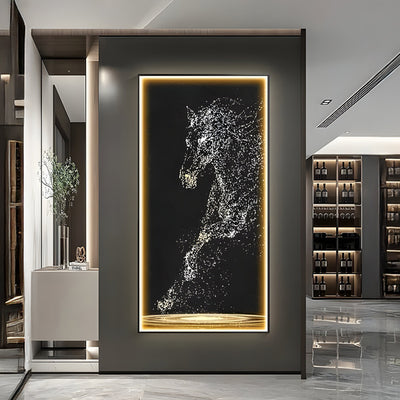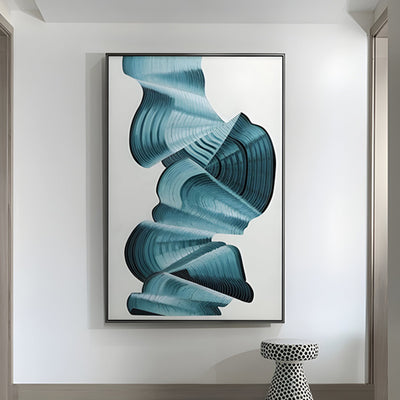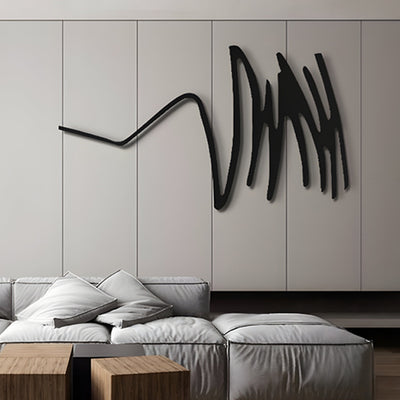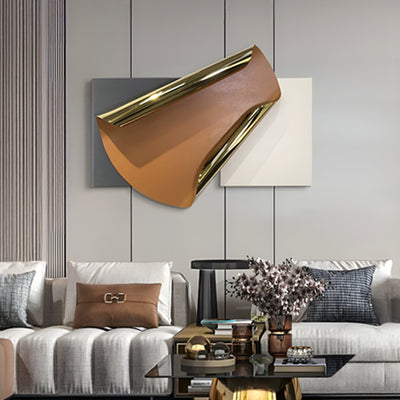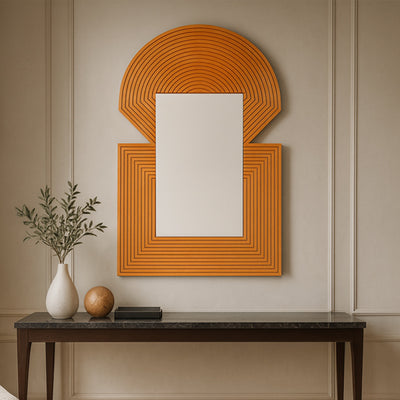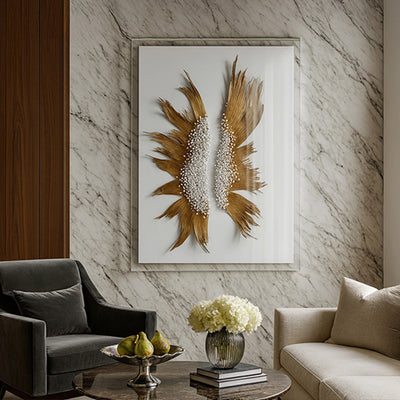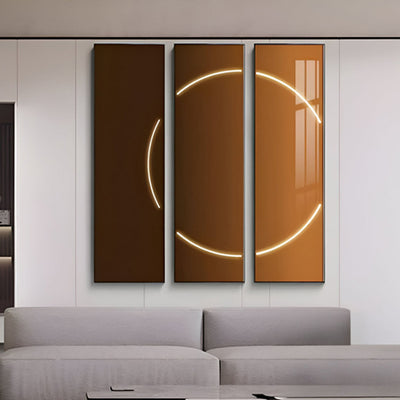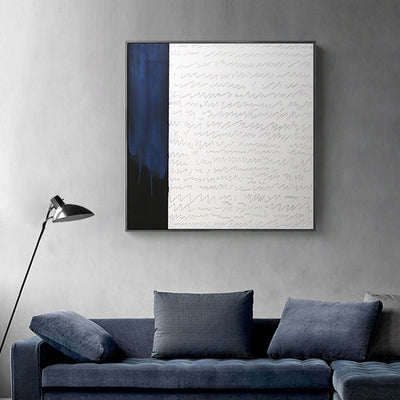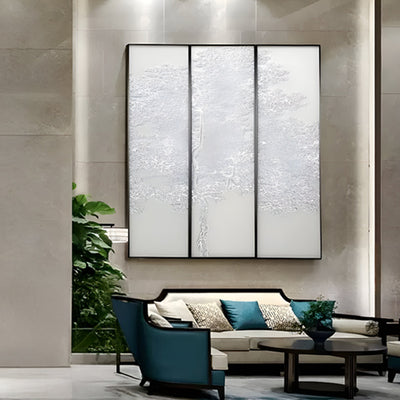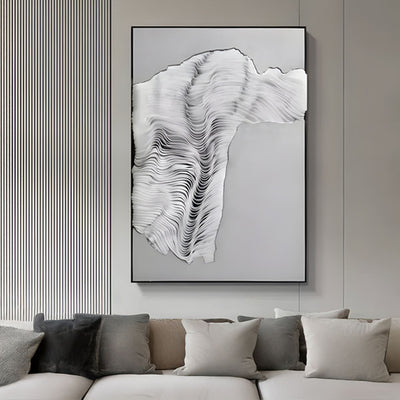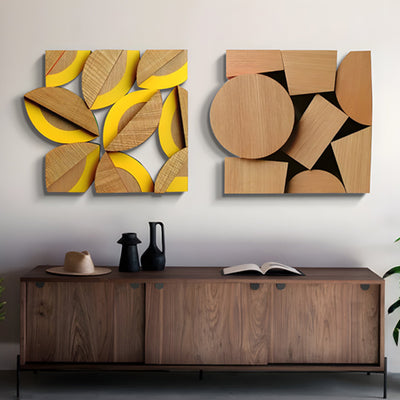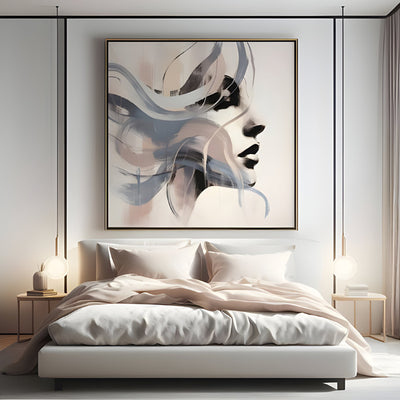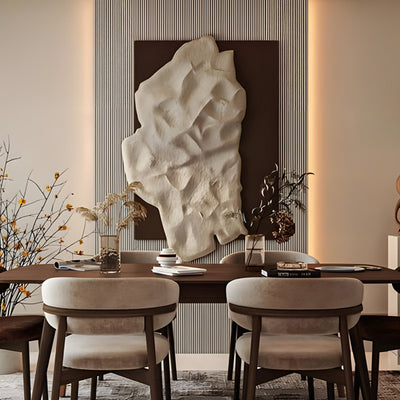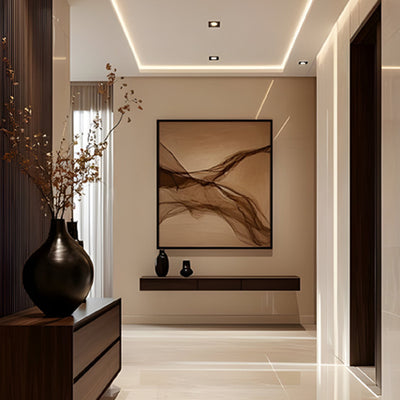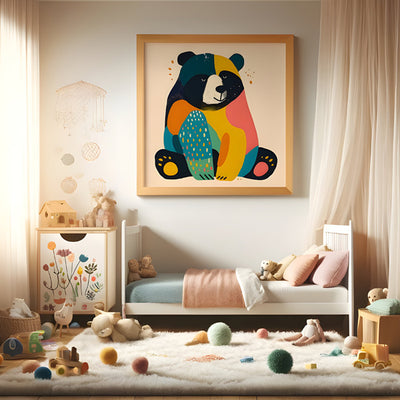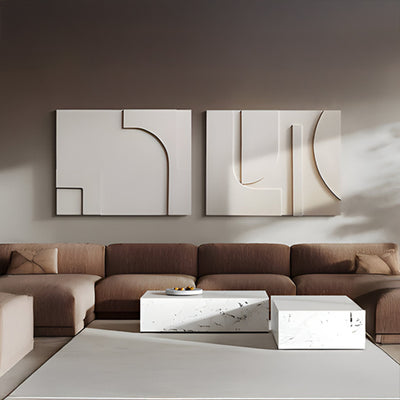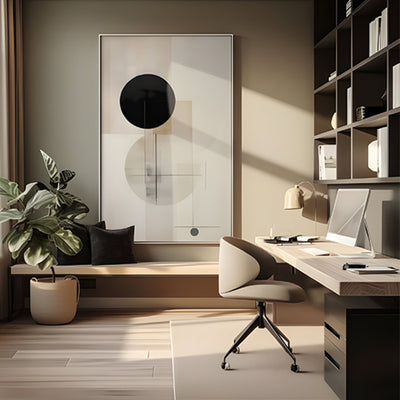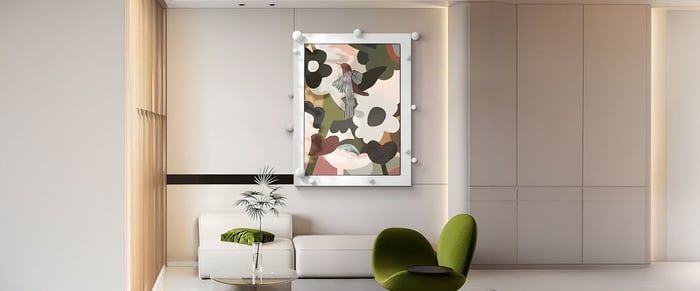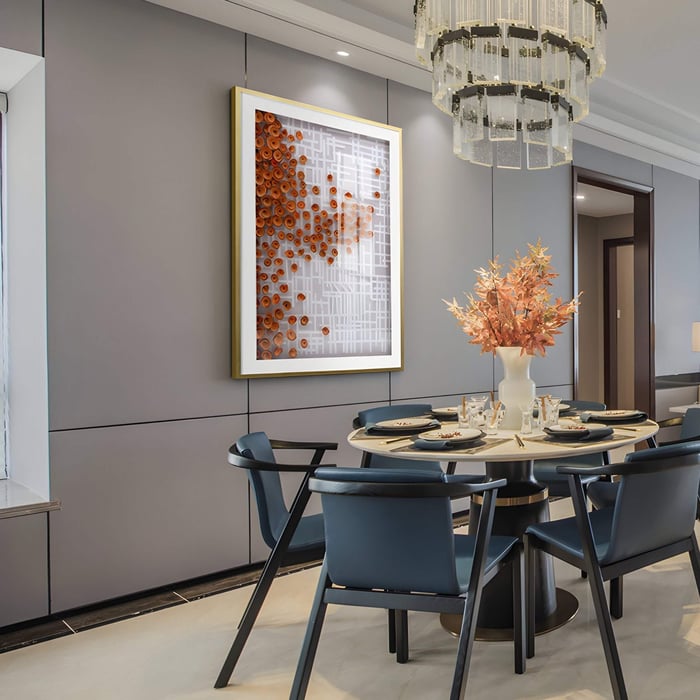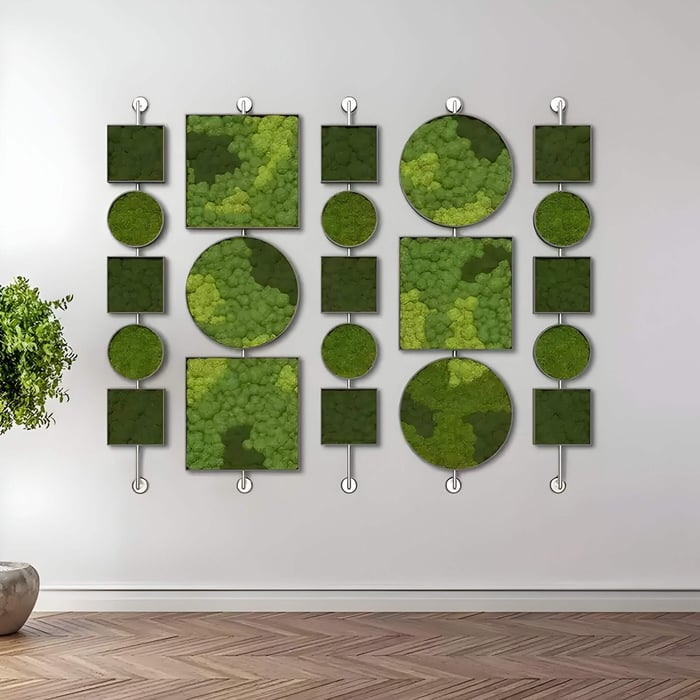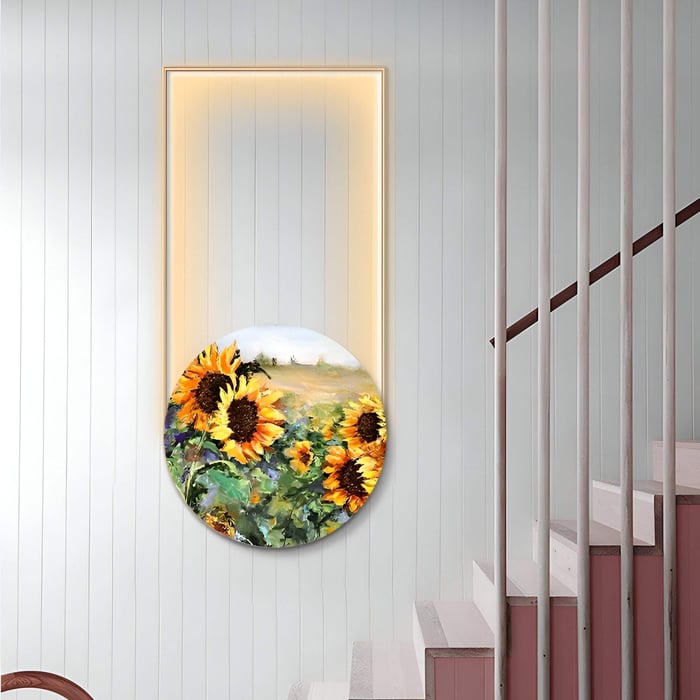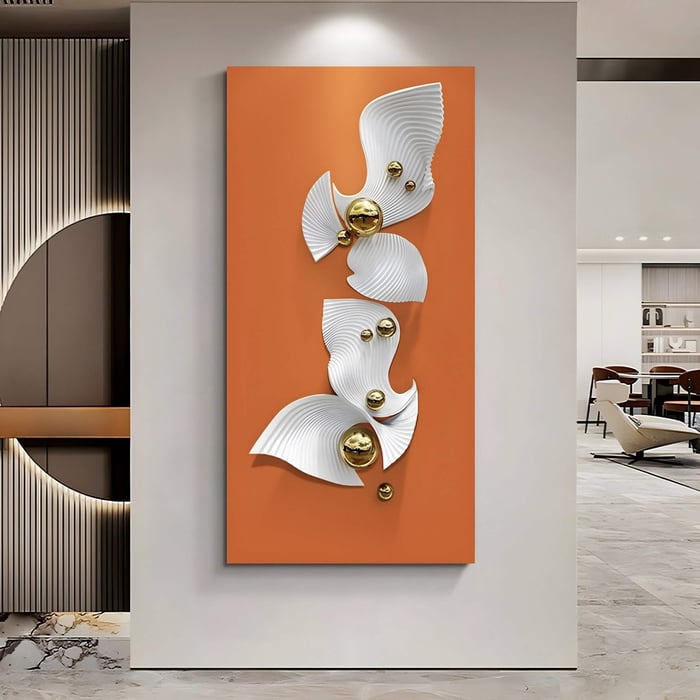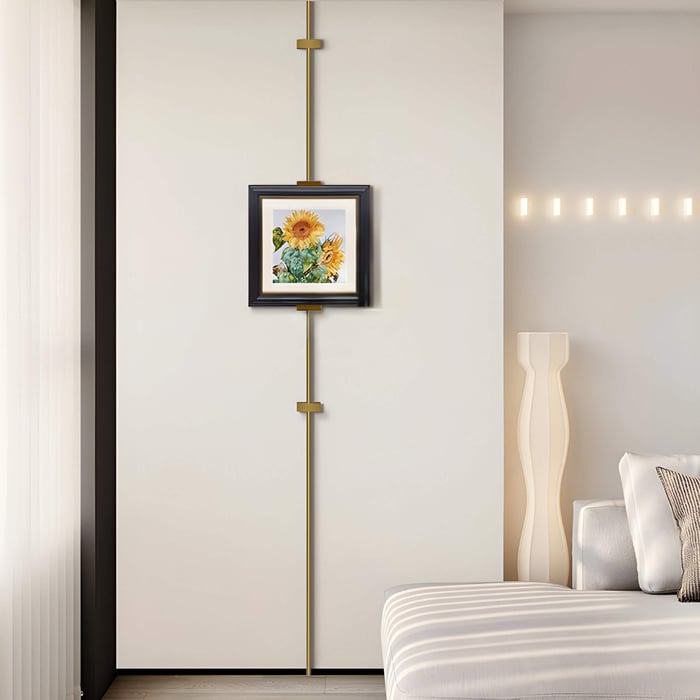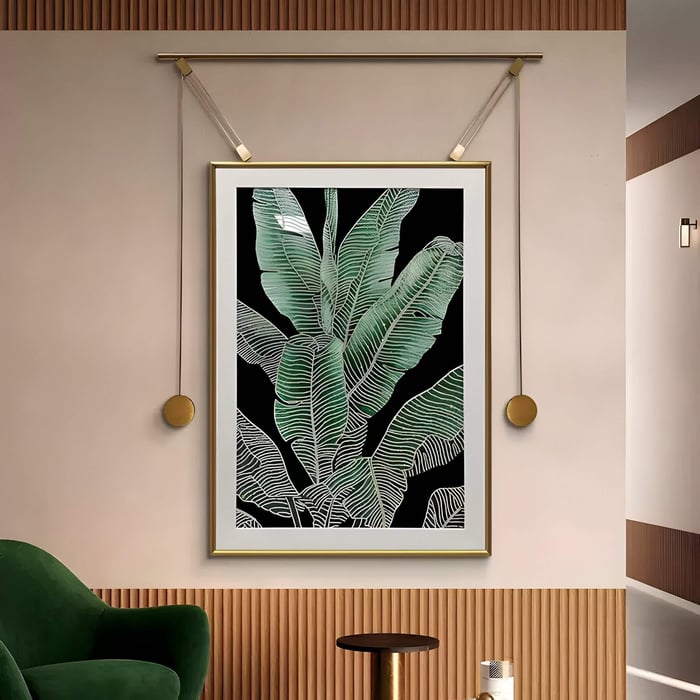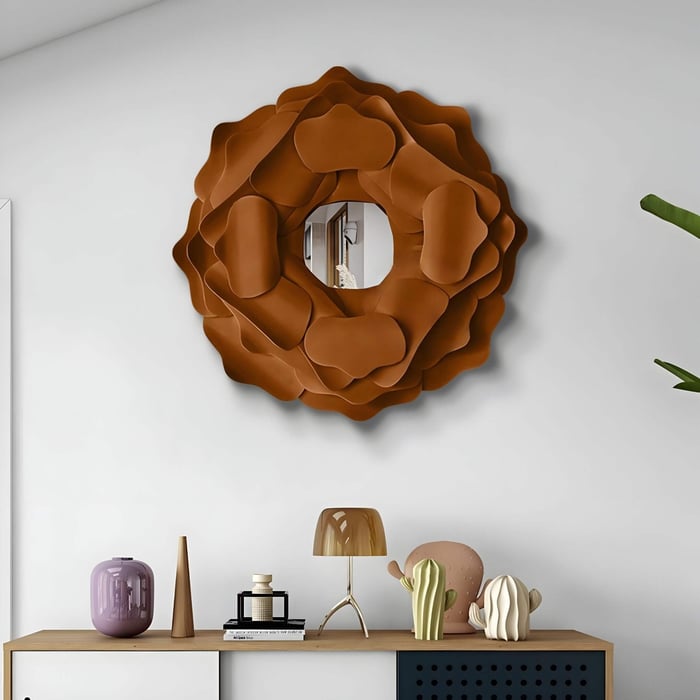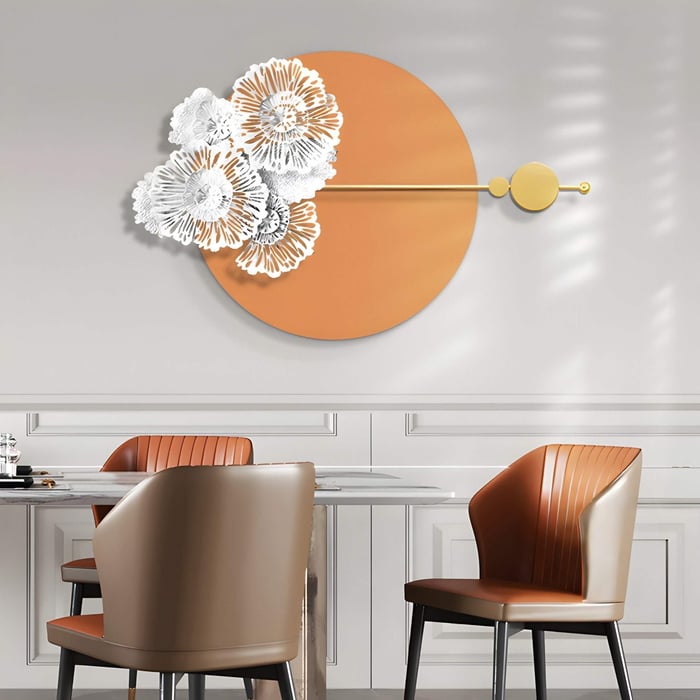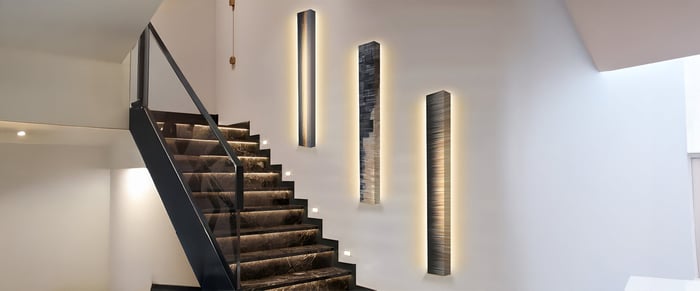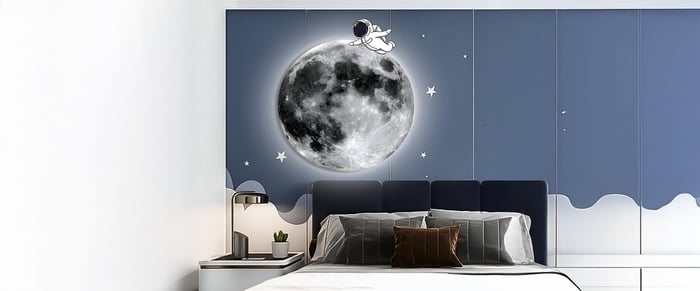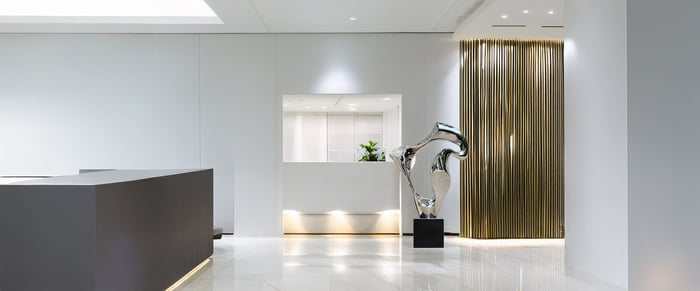A bare wall can feel sterile, but introduce a burst of botanical imagery, and the entire space comes alive. Flower & plant art encompasses everything from flat prints and paintings to three‑dimensional moss panels and preserved foliage, bringing the calming, refreshing power of nature indoors. Whether you crave minimalist line drawings of succulents or oversized oil‑painted peonies, there’s a botanical piece to suit every décor scheme.
In this guide, we’ll explore why botanical wall art enhances our well‑being, discuss the colour psychology of florals and greenery, and outline the textures and formats available. Then, we’ll match key styles to room types, advise on choosing and styling your botanical artwork, and share simple care tips to keep your nature‑inspired walls looking their best.
Why Flower & Plant Art Transforms Your Home
1. Biophilic Design & Well-Being
Studies consistently show that exposure to nature - real or represented, reduces stress, enhances creativity and boosts mood. Incorporating nature‑inspired wall art taps into our innate connection to greenery (“biophilia”), fostering calm and comfort in living rooms, bedrooms or workspaces.
2. Colour Psychology of Florals and Greenery
Warm Palettes (reds, oranges, yellows): Energise social spaces - vibrant tulips or poppies enliven dining rooms and kitchens.
Cool Palettes (greens, blues, purples): Soothe private retreats - fern or eucalyptus prints create a restful aura in bedrooms and bathrooms.
3. Versatility Across Rooms
Botanical art is remarkably adaptable: a bold tropical leaf print can anchor a living room’s gallery wall; delicate pressed‑flower frames enhance a hallway; a lush vine mural refreshes a home office.
4. Texture & Depth
While flat canvases and fine‑art prints offer graphic impact, floral 3D art - moss panels, wood reliefs or iron‑flower sculptures, adds tactile intrigue. Layering textures draws the eye and invites a closer look, elevating your décor beyond the ordinary.
Flower & Plant Art Styles to Match Your Room Aesthetic
1. Minimalistic Botanicals
Clean lines and muted palettes define this style. Think single‑leaf line drawings in soft charcoal or aloe vera silhouettes in dove‑grey. Perfect for Scandi or ultra‑modern interiors, these pieces slip into a minimalist gallery wall or hang solo above a sleek sofa.
2. Hyper‑Real Floral Paintings
Photorealistic oil or high‑definition acrylic florals - peonies, roses, orchids, can appear as vivid as fresh blooms. Dramatic close‑ups on canvas art work beautifully in living rooms or dining areas where you want nature’s drama centre stage.
3. Pressed‑Flower Art & Vintage Botanical Prints
Oshibana (Japanese pressed‑flower art) and antique lithographs evoke a timeless charm. Delicately mounted between UV‑safe glass in wooden frames, these pieces suit hallways, powder rooms and libraries, lending an air of curated elegance.
4. Abstract and Stylized Plant Art
Bold brushstrokes, geometric foliage and splashy watercolours offer contemporary flair. Large abstract leaf prints or stylised blossom patterns integrate seamlessly into eclectic or maximalist schemes, adding colour and movement.
Materials & Formats: Canvas, Metal, Wood & 3D
Canvas Prints: Available in matte or glossy finishes. Matte canvases diffuse light for a soft look; glossy canvases enhance colour saturation and can be wiped clean. Great for living rooms and dining areas.
Metal Panels: Aluminium or steel prints with vibrant inks create sleek, reflective surfaces, ideal for industrial or high‑tech spaces.
Wood Art Panels & Float‑Mounts: Natural oak frames or float‑mounted birch panels add warmth, suiting cosy dens and rustic‑chic bedrooms.
3D Elements: Resin flowers, preserved moss panels and pressed‑flower shadowboxes introduce real texture, perfect for accent walls or intimate nooks.
Best Flower & Plant Art Ideas by Room
Living Room
Statement Panels: A large, tropical‑leaf canvas or an oversized orchid oil painting anchors seating areas.
Multi‑Piece Gallery Walls: Combine botanical prints of varying sizes - succulent close‑ups, herb sketches and pressed‑leaf frames, to create a curated green haven.
Bedroom
Soft Florals: Choose calming subjects, pale lavender fields or pastel rose clusters, in gentle watercolour or fine pencil to foster relaxation. Position above headboards or on walls adjacent to windows to catch soft daylight.
Dining Room & Kitchen
Colourful Still Lifes: Citrus‑bright lemon or orange blossom oil paintings inject energy into meal spaces.
Herb Motifs: Framed prints of basil, rosemary and thyme not only decorate but subtly hint at culinary inspiration.
Hallway
Linear Arrangements: A row of pressed‑flower shadowboxes leads guests through transitional spaces.
Vertical Diptychs: Tall, narrow prints of ferns or bamboo add height and freshness.
Home Office / Studio
Calming Greens: Botanical line drawings or green‑toned eucalyptus prints promote focus.
Minimal Plant Prints: Small, framed succulents or cactus sketches provide botanical interest without distraction.
How to Choose & Style Flower & Plant Art
1. Size & Scale
Art should cover roughly two‑thirds to three‑quarters of the furniture below it. A 120 cm × 80 cm canvas sits comfortably above a 160 cm sofa; a set of four 30 cm × 30 cm frames balances a 120 cm console.
2. Frame Style Matters
Wood Frames: Oak or walnut for vintage, cottage or Scandi looks.
Metal Frames: Slim black or brushed brass for modern, industrial décor.
Glass‑Front Cases: Protect pressed blooms and lend museum‑quality polish.
3. Colour Coordination
Pick at least one hue from your botanical art and echo it in cushions, throws or rugs. A deep emerald Fern print pairs beautifully with matching velvet cushions; pink peonies look lovely alongside blush‑tone accessories.
4. Hanging Layouts
Single Statement: Let an oversized floral painting speak for itself.
Grouped Prints: Arrange 3–6 pieces in a grid or salon style, maintain consistent spacing (5–10 cm) and align centres for cohesion.
Seasonal Rotation: Swap bright summer blooms for autumnal leaves or spring blossoms to refresh rooms annually.
Caring for and Maintaining Floral Wall Art
Canvas & Prints: Dust gently with a soft, dry cloth. For glossy surfaces, use a barely damp microfibre cloth, never spray directly.
Pressed‑Flower Frames: Keep in a dry room away from direct sunlight; consider UV‑filtering glass to prevent colour fade.
Metal & Wood Panels: Wipe with a dry cloth and treat frames with furniture polish as needed.
3D Resin or Moss Panels: Lightly dust with a soft brush; avoid moisture to preserve texture. Inspect mounting fixtures annually to ensure secure hanging.
Conclusion: Why Flower & Plant Wall Art Belongs in Every Home
Bringing the outdoors in with flower & plant art does more than beautify walls, it nurtures well‑being, enlivens décor and bridges our connection to nature. From minimalist line‑drawn botanicals and vintage pressed‑flower frames to bold, oversized canvases and tactile 3D panels, the options suit every room and style. Start small with a single fern print in your home office, or make a grand statement with an oversized floral oil painting in your living room. Mix real greenery-potted palms, trailing vines, and natural materials - wood accents, stone planters, to enhance the biophilic effect.
Ready to frame nature in your home? Share your “Nature, Framed” moments or explore our curated floral wall art collection at Giant Sculptures and let every room bloom.

